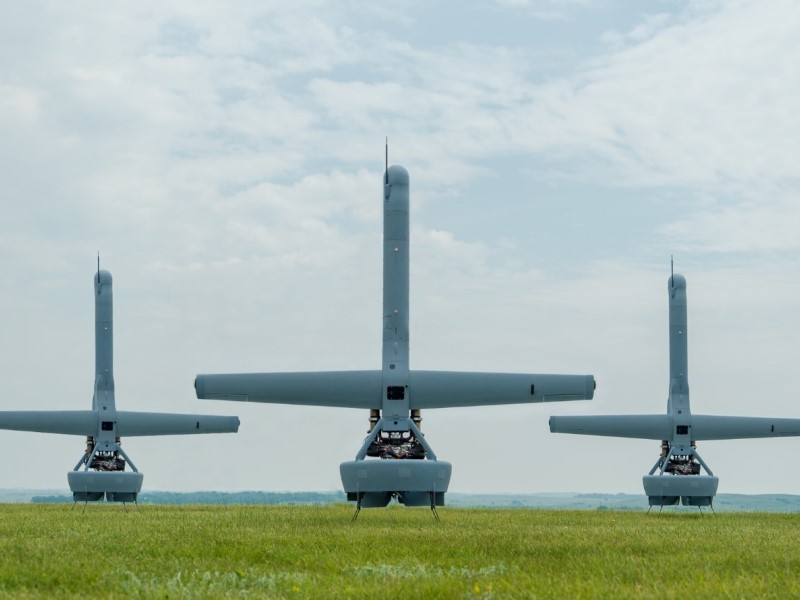Victoria-based Sentient Vision Systems, a developer of advanced sensors, has been acquired by US defence drone and autonomous systems producer Shield AI.
Pending regulatory approval, Sentient Vision Systems will join the newly established Shield AI Australia to continue development of its video detection and ranging (ViDAR) system, Sentient Observer.
Sentient’s software systems, combining computer vision and artificial intelligence, will complement Shield AI’s Hivemind technology, an ‘AI pilot’ that can be used to autonomously deploy unmanned aerial vehicles (UAV) or fighter jets, groups of UAVs, or as a digital co-pilot.
Sentient chief executive Mark Palmer on Friday said the acquisition supports the AUKUS defence partnership, which lists autonomous systems as a priority. It is is one of several ongoing advanced capability workstreams being undertaken under AUKUS Pillar II.

Sentient’s ViDAR AI system uses an electro-optic or infrared (EO/IR) sensor to detect and classify targets otherwise invisible to human operators and conventional radar.
The two firms previously announced joint development on the ViDAR-enabled wide area motion imagery system in August 2023.
It will be flown onboard Shield’s V-BAT unmanned aircraft later this year. In February, the Australian Civil Aviation Safety Authority granted Shield the certification to operate the V-BAT in Australia.
Mr Palmer said Shield AI is the “only company in the world with an operational AI pilot, and therefore have the technological expertise and maturity to really deliver on the AI technology workstream underlined in AUKUS Pillar II”.
“The innovation breakthrough combining our computer vision AI-enabled ViDAR and Shield AI’s Hivemind will increase situational awareness, enabling quicker more effective decision making and help to save lives,” he said.
Sentient was founded in 1999 and has received early support from the predecessor of the Defence Science and Technology Group. Its Kestrel object detection and tracking system is used on drones previously acquired by Defence and the US Navy.
The firm says Kestrel has been deployed to more than a thousand systems across the world, and has deployed technologies to 3,500 systems overall.
Shield AI’s president and co-founder Brandon Tseng, a former Navy SEAL, said the combination of AI pilots, Sentient Observer, and teams of cheap drones “will provide the same land and maritime domain awareness that today’s $40 million and $180 million Group 5 drones and crewed aircraft like the P-8 provide at a fraction of the price”.
“The [US Department of Defense (DoD)] has asked for an all-seeing eye over tens of thousands of square miles, 24/7, without the need for GPS or communication links. For Shield AI, Sentient Observer is the final piece of that puzzle,” Mr Tseng said.
“The DoD can begin augmenting and replacing their legacy solutions for a distributed, low cost, low risk solution that doesn’t break the bank if an aircraft is shot down.”
Shield’s chief executive Ryan Tseng said that the combination of Sentient’s ViDAR and the Hivemind AI pilot creates “the world’s most advanced AI-powered [intelligence surveillance and reconnaissance] sensor package”.
Development and integration of autonomous systems is one of seven Sovereign Defence Industrial Priorities under the Australian government’s Defence Industry Development Strategy released at the end of February.
The government’s Advanced Strategic Capabilities Accelerator first innovation challenge will see 11 aerial drone prototypes demonstrated later this month in a bid to boost local production.
Do you know more? Contact James Riley via Email.

